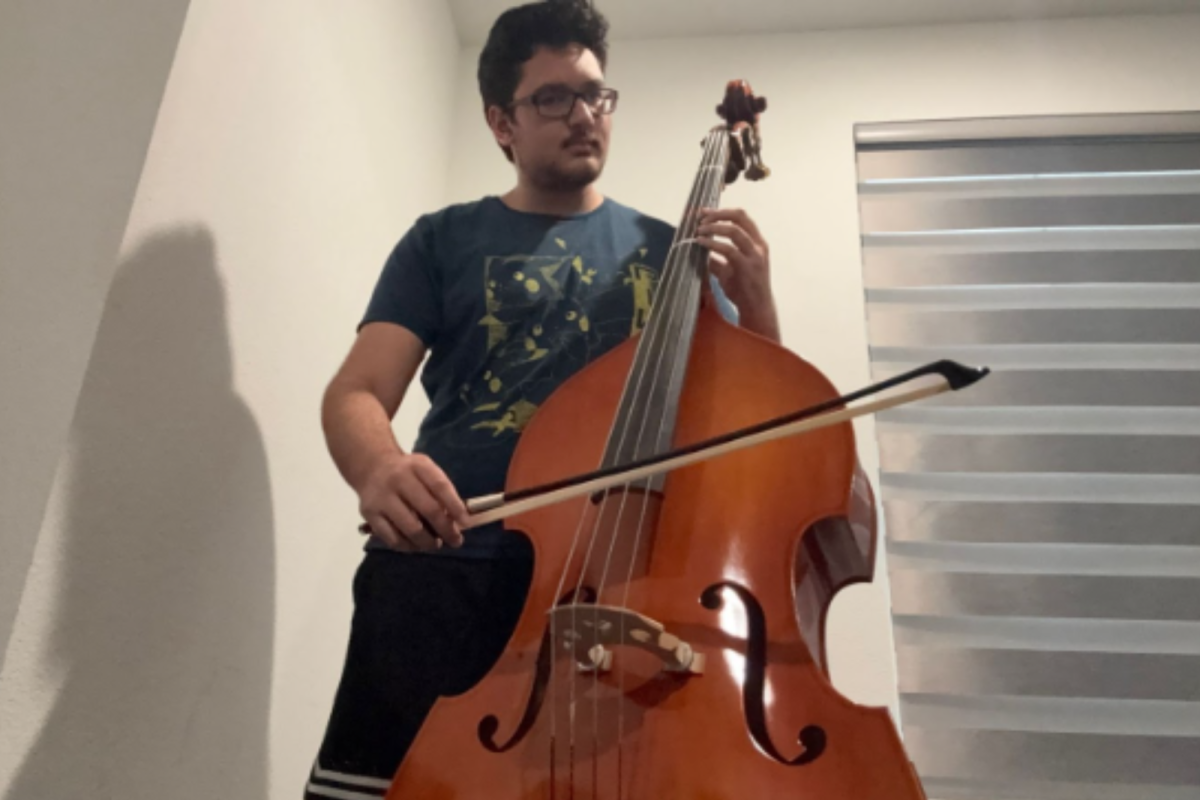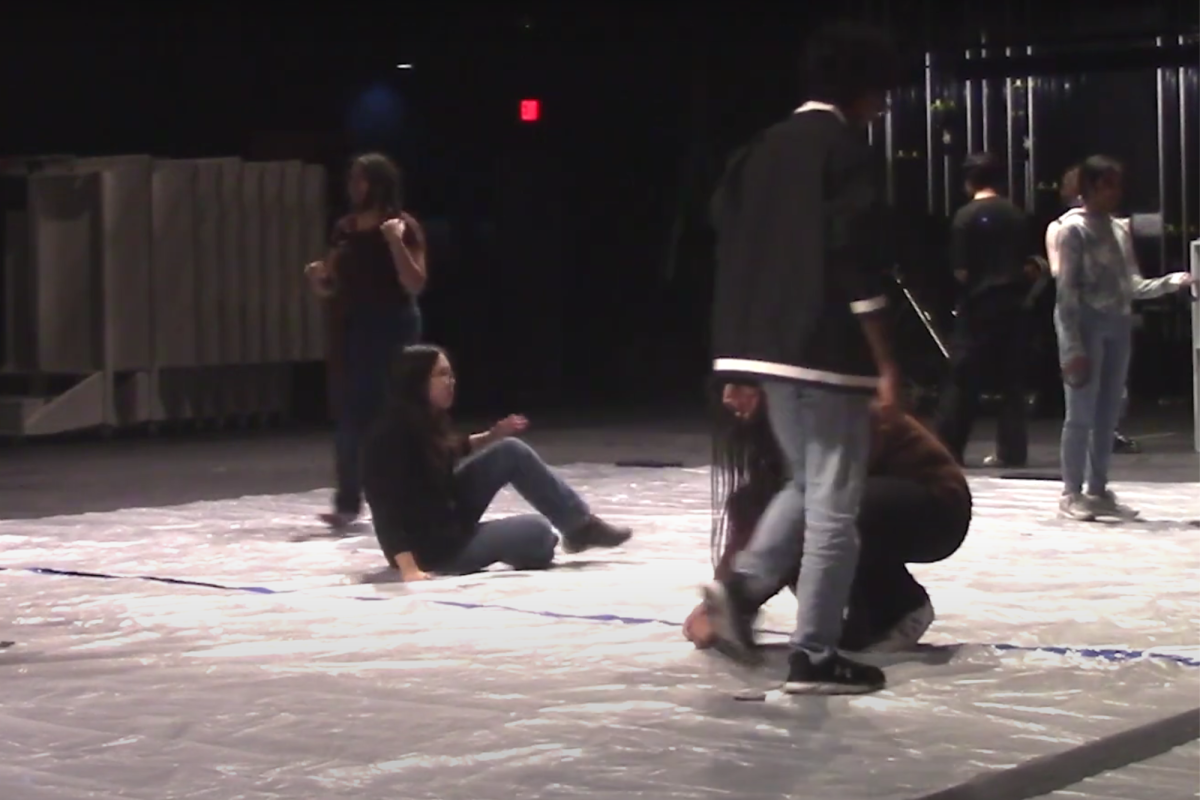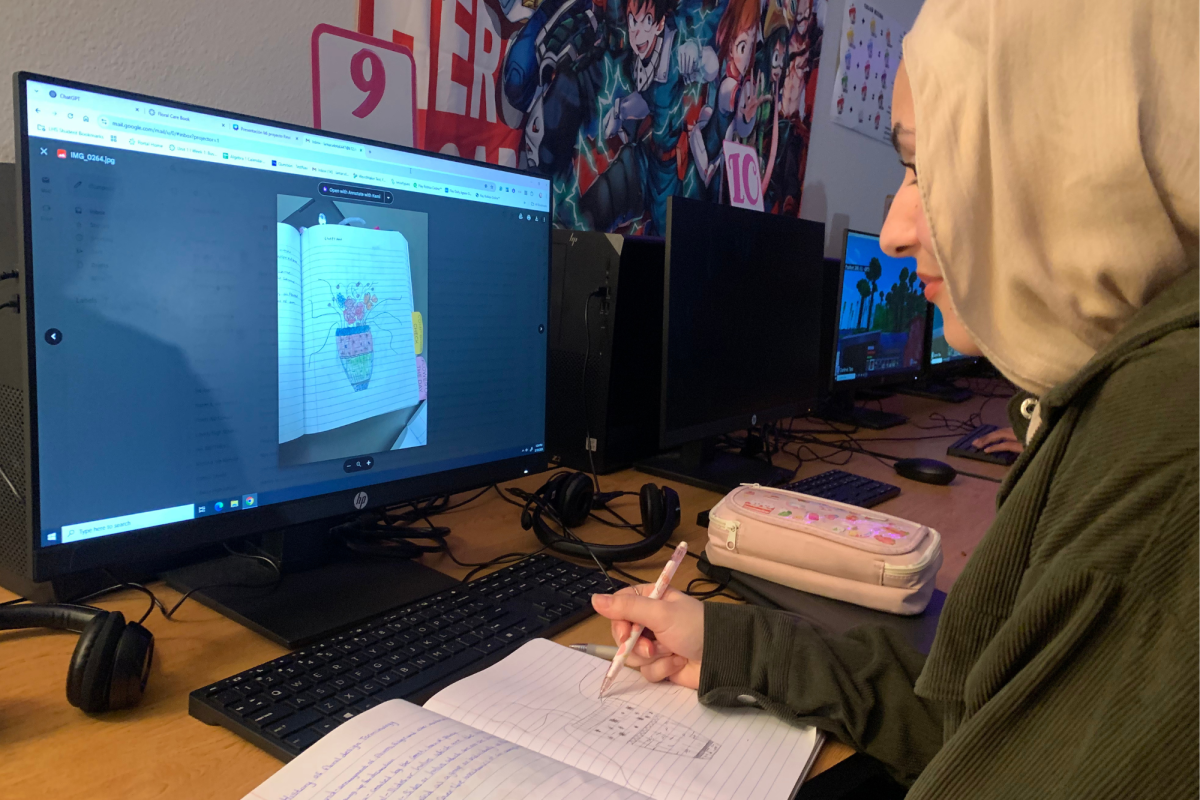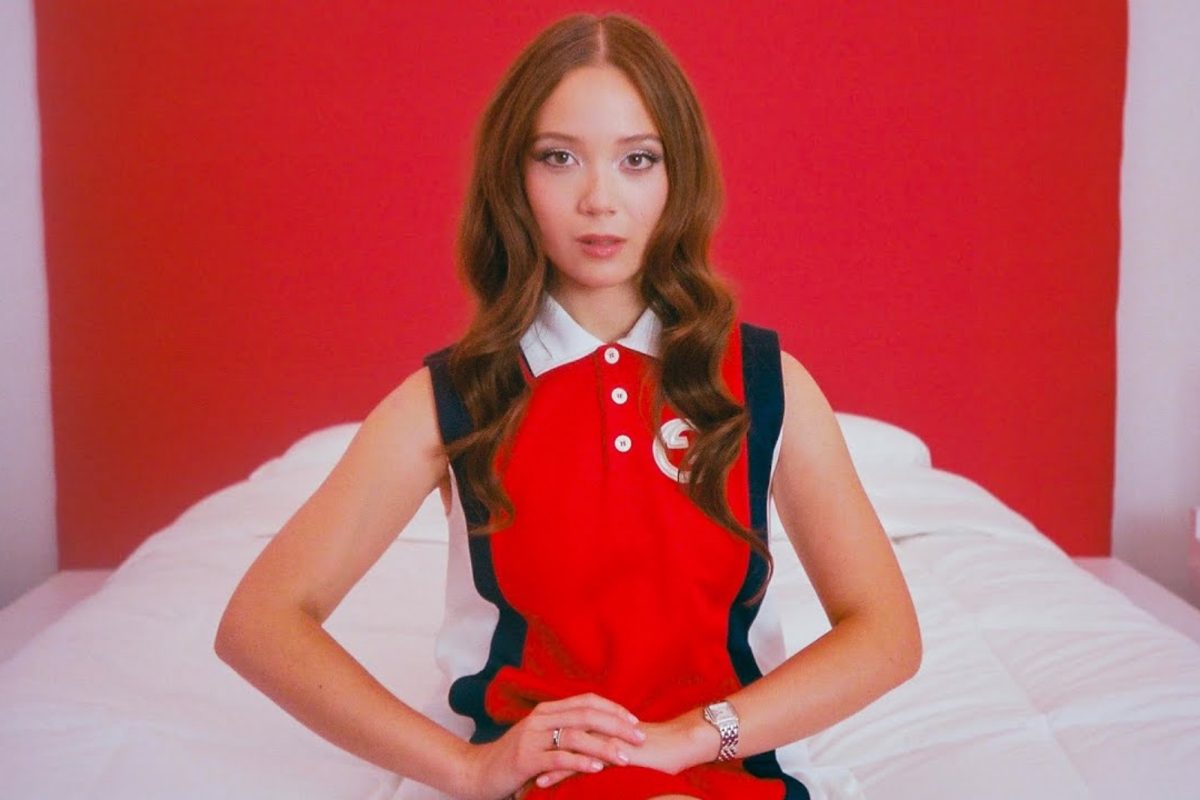It’s difficult to consider an author ‘underrated’ when they’ve won a Nobel Prize for Literature, but writers such as feminist author Alice Munro have continuously been labeled as such. As a mother of three daughters, Munro wasn’t left with much alone time. Many of her published books are just a compilation of her short stories, written over the years in whatever quiet moment she could find in life: The Eye is just one of them.
Besides being found in the novel Dear Life, The Eye is also found nestled in Family Furnishings where all the stories revolve around a central theme of family relationships and their development. Told by an unnamed narrator assumed to be young, Munro explores a mother-daughter relationship and the increasing distance between the two.
The narrator mentions the birth of two new siblings before introducing Sadie: the narrator’s babysitter, and her fiercely independent idol. It’s arguably the turning point of her relationship with her mother as she begins to realize just how much she’s influenced by her mother, pressured to agree with her. Sadie is described as a ‘celebrity’ because of the songs that she sings on her local radio channel. Ironically, even the narrator picks up on the fact that the ‘sophisticated townspeople’ consider her a joke. But when Sadie is hit by a car one night after dancing, the narrator is thrown into accusatory remarks on Sadie being single (though according to the narrator, she could have been anywhere from 12 to 20).
The story can seem cut off, missing a true sense of grief. In fact, it’s admitted that Sadie was more or less forgotten after some time. But as a short story, Munro was able to clearly communicate family relationships and the rising strain on them (and specifically the pressure on women), and The Eye was a story just as perfect for analysis as it is for entertainment.















